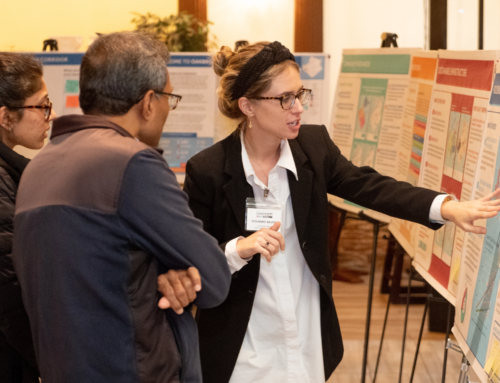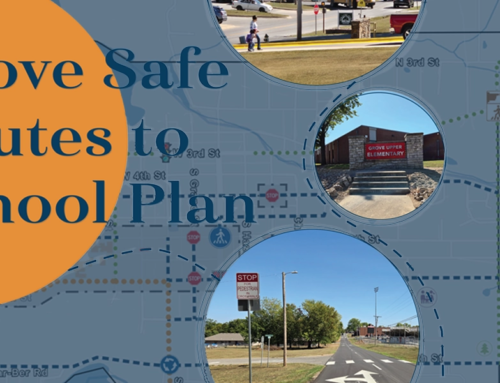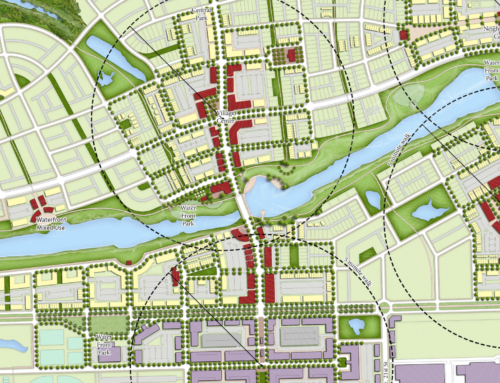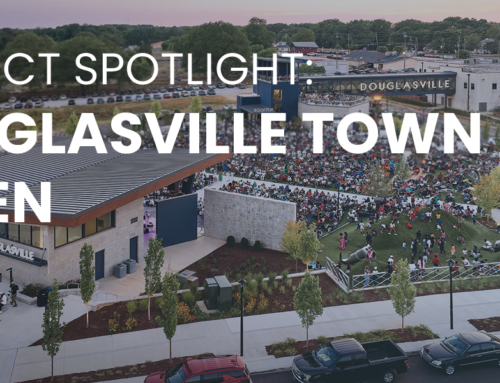The Southwestern North Carolina Opportunity Initiative (Opt-In) project was a significant undertaking led by TSW, a consulting firm specializing in community planning and development. The project aimed to bring together the seven westernmost counties of North Carolina, the 16 municipalities within them, and the Sovereign Nation of the Eastern Band of Cherokee Indians, to create a comprehensive economic development, transportation, and environmental plan for the region.
The project was ambitious in scope and required extensive collaboration and coordination among the various stakeholders involved. TSW worked closely with local officials, community leaders, and residents to identify the most pressing challenges facing the region and develop a vision for its future.
One of the key areas of focus was transportation. The project team recognized the critical role that transportation infrastructure plays in economic development and quality of life for residents. As such, they developed a comprehensive transportation plan that prioritized road improvements, public transit, and active transportation options like bike lanes and sidewalks.
The project also included a strong environmental component. TSW recognized the importance of preserving the region’s natural beauty and resources, and worked closely with stakeholders to develop strategies for sustainable development, energy efficiency, and water conservation.
Perhaps most importantly, the Opt-In project was a testament to the power of collaboration and community engagement. By bringing together diverse groups of stakeholders and fostering open and honest dialogue, TSW was able to create a shared vision for the future of the region that reflected the needs and priorities of its residents.
The success of the Opt-In project serves as a model for other communities looking to undertake similar efforts. By taking a comprehensive, collaborative, and community-driven approach to economic development, transportation, and environmental planning, communities can create a more sustainable, prosperous, and equitable future for all.
The American Planning Association‘s Planning magazine (February 2015, Volume 81, Number 2) features the project’s two-year process and its results.






